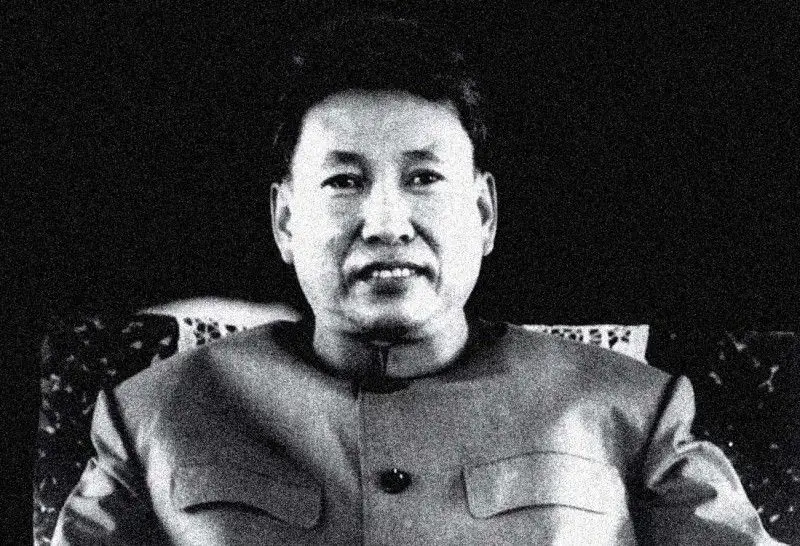You can be famous or infamous as a historical figure.
The following characters could probably be found in either camp – after all, they were leaders – but certainly, they will be remembered more for the worse than for good.
Combining political power with a lack of everyday reality is fascinating as it is a horrendous idea for a king or queen of this caliber.
Here, we aren’t including people who inherited power (kings) but those who gained power though deceptive amoral practices.
It is unclear whether the following characters were mentally ill, as defined by current standards, their lives were marked by a reputation that makes them the most despicable leaders in history.
These are the top worst dictators ever:
10. Saddam Hussein
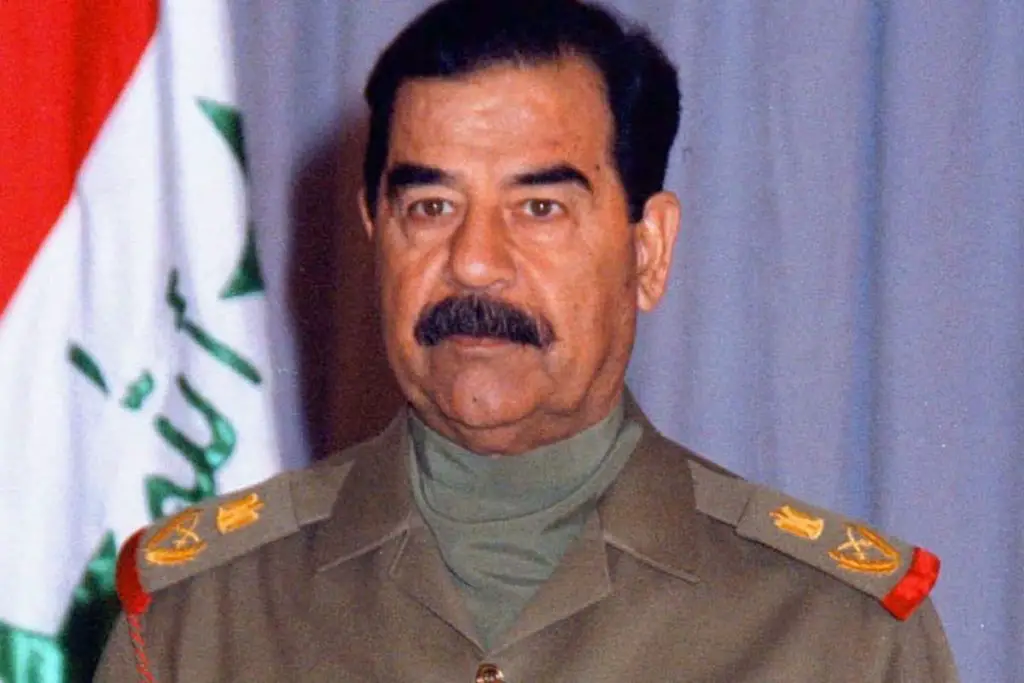
Saddam Hussein was Iraqi President (1979–2003), whose brutal rule was characterized by expensive and inadequate wars against neighboring countries.
How cruel was Saddam?
Saddam’s regime’s cruelty to Iraqi citizens is pretty apparent in the way he ruled the country.
Further evidence of Saddam’s atrocities is given by mass graves in Iraq.
But nobody will admit that his megalomaniac and ideological beliefs are one of the major causes of the rise of today’s ISIS.
He was behind mass executions and torture in Iraq, with his son Uday and others. Saddam showed no compassion or humanity, committing ethnic genocide of Kurds.
Not just Kurds, Shiite people in Iraq, who are the majority of the country, were imprisoned and tortured in the most inhumane was possible.
9. Idi Amin

Idi Amin Dada served as President of Uganda from 1971 to 1979 after serving as an Uganda military officer.
He is well-referred to as the “Butcher of Uganda.”
How evil was Idi?
Amin directly ruled and shunned the power of delegation. His abrupt changes in mood, from buffoonery to cunning, from kindness to tyranny, made him insanely unpredictable.
More often than not, he was seen as a highly irrational and unpredictable dictator. He gave himself many titles and made himself Uganda’s leader throughout many divisions.
During his early years as allies, he was easily influenced by Gaddafi, which is confirmed when Gaddafi suggested him in 1972 to expel all Asian Indians from Uganda.
Amin was most definitely a greedy man, who gave himself a significant amount of title and selfishly geared most of Uganda’s cash towards military aid, leaving his people to suffer economic horrors.
His greedy selfishness combined with insane brutality was the primary reason many people (including Ugandans) lost their lives under his rule.
8. Yakubu Gowon
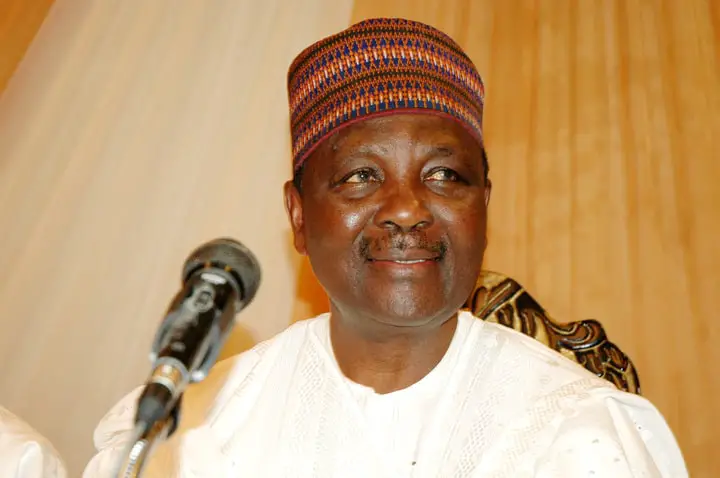
General Yakubu “Jack” Gowon is a Nigerian political and military leader.
He served as the head of state of Nigeria during a deadly civil war from 1966 to 1975.
Yakubu began to exert pressure on the area and to test his influence against Ojukwu.
Well, Ojukwu was not a pushover either, who declared his secession from all over Nigeria and became the “Republic of Biafra.”
This partition started a civil war that killed 100,000 soldiers and starved 1 million civilians in the region.
7. Mengistu Haile Mariam
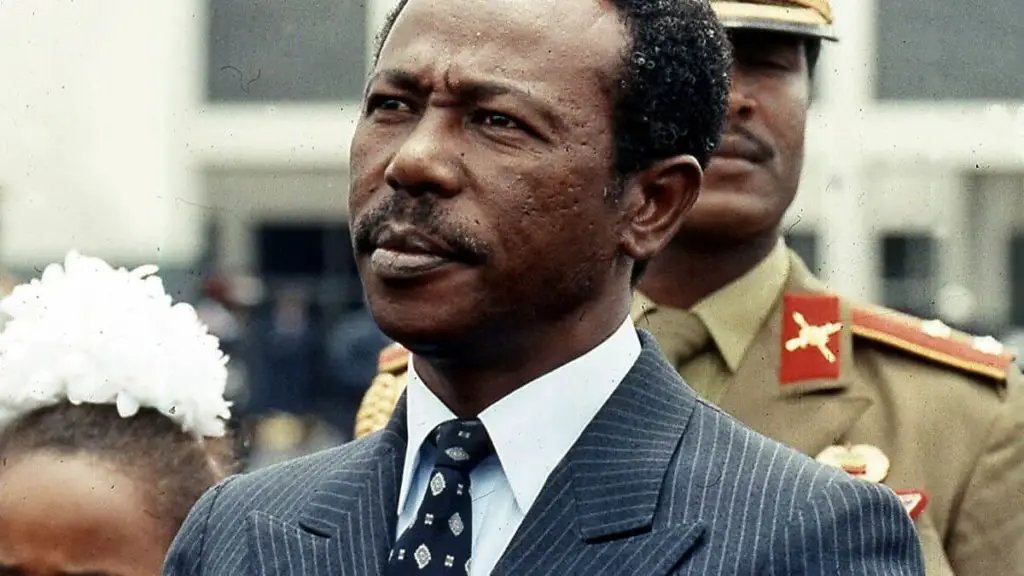
Mariam was the President of the Soviet Backed People’s Democratic Republic of Ethiopia (PDRE) from 1987 to 91 and chairman of the Derg, the communist military junta that ruled Ethiopia, for a decade, from 1977 to 87.
He was directly associated with murdering Haile Selassie, the former Emperor of Ethiopia (defining figure in modern Ethiopian history).
Like any communist state, Mengistu’s reign was disgraceful for its brutality, autocracy, corruption, and economic mismanagement.
Considered being one of the most notorious African leaders of the 20th century.
6. Kim Il-sung

Kim Il-sung was the founder of the Communist state of North Korea, who ruled the country from 1948 until he died in 1994.
He gained a total grip of the Nothern part of the Korean peninsula with the USSR’s help, eventually leading to a civil war with US-backed South Korea.
Kim Il-sung is the grandfather of current North Korean dictator Kim Jong-un.
If we compare the three generations altogether, Kim il-Sung was far worse than his predecessors.
It’s because North Korea’s most severe problems and scariest atrocities are the direct results of decisions he made or approved.
Some of his approved rules and policies that still plague today were,
The songbun system:
This divided North Koreans in dozens of sections into the ‘loyal,’ ‘wavering’ or ‘disloyal’ classes.
It is a version of feudalism in which a substantial portion of your future will be decided at birth based on what your family did in the Korean society of the 1940s and 1950s.
A person would belong to a privileged class in 2020 if their grandfather fought against Japanese imperial forces in Manchuria with Kim il-Sung.
Concentration camp system:
Kim realized it was better to keep potential enemies or competitors inside the country after forcibly exiling many communists (who helped him).
It’s because exiling someone does not guarantee political immunity, nor is imprisoning (as it costs money).
The best option he had was working them out until they die from exertion and lack of food.
It also saved a bullet, and the communist state gets some free labor.
A prisoner’s average life expectancy was about three months.
Punishing three generations of the same family:
The extraordinarily cruel practice of sending political prisoner’s family to the camps alongside them was one thing to control any future rebellions.
State-sanctioned kidnappings:
Dissidents from North Korean states that tried to escape the government seeking asylum abroad were kidnapped and forcibly brought back to never again be seen or heard.
5. Pol Pot
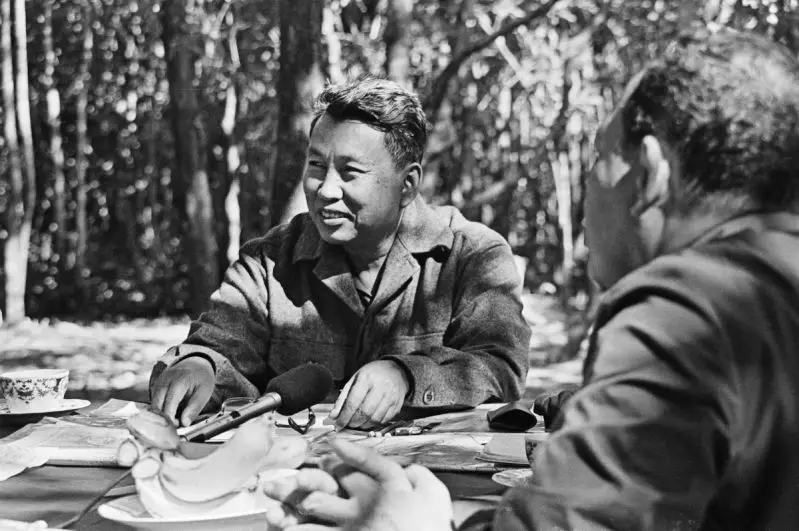
Pol Pot was a revolutionary and political Cambodian Communist ruler that governed Cambodia from 1975 to 1979.
Pol Pot has led to the deaths in execution, torture, mass starvation, and illness.
According to the widely most accepted estimates, at least a quarter (one-fourth) of the entire country’s population of seven million Cambodians lost their lives. He belittled his cruelty with his smiling face in a quiet way.
In an attempt to “cleanse” the country’s agricultural society and turn the people into revolutionary workers society, his Khmer Rouge movement broke out Cambodia.
In 1979, after three years of terror, the invasion of neighboring Vietnam toppled him out from power.
Pol Pot was responsible for a countless number of deaths and never faced charges until July 1997.
Pol Pot used the Cold War’s geopolitics, convincing most of the non-Communist world that Vietnam (a brutal communist state by itself) had unlawfully expelled his “peaceful socialist” Khmer Roge government.
4. Enver Pasha

Ismail Enver Pasha was the Ottoman empire’s military officer and the 1908 Young Turk Revolution leader.
He became the leader of the Ottoman Empire in the Balkan Wars and World War I.
Together with Talaat and Djemal, he was responsible for killing 800,000 to 1800,000 Armenians, 300,000 Assyrians, and 350,000 Greeks.
The trio (better known as Three Pashas) were foremost perpetrators of an Armenian, Assyrian, and Greek Genocide Genocide as part of their ethnic cleansing program.
He was also responsible for the Great Famine of Mount Lebanon. This mass starvation famine resulted in 200,000 deaths during the First World War.
3. Adolf Hitler
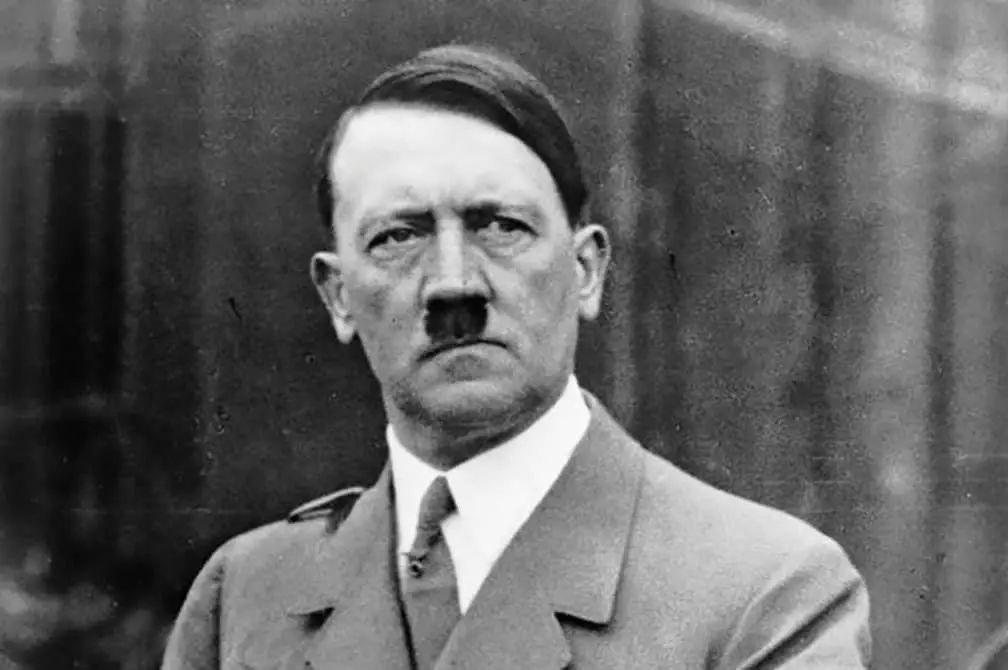
For most of his time in power, Adolf Hitler was German Chancellor from 1933 to 1945, a Nazi Party or National Socialist Worker Party leader.
Adolf Hitler was the best known and most infamous leader of the 20th century.
A charismatic political agitator born in Austria, Hitler came to power during a social, political, and economic upheaval in Germany during the 1920s and early 1930.
In 1923, he finally won power by democratic means after he failed to take power by force.
Once in power, he erased all opposition and launched an ambitious plan to rule the world by removing the Jews.
Why was he evil?
His invasion of Poland on September 1, 1939, triggered the European phase of World War II.
He destroyed the nation’s democratic institutions and transformed the country into a brutal military dictatorship for conquering Europe and the world.
2. Joseph Stalin
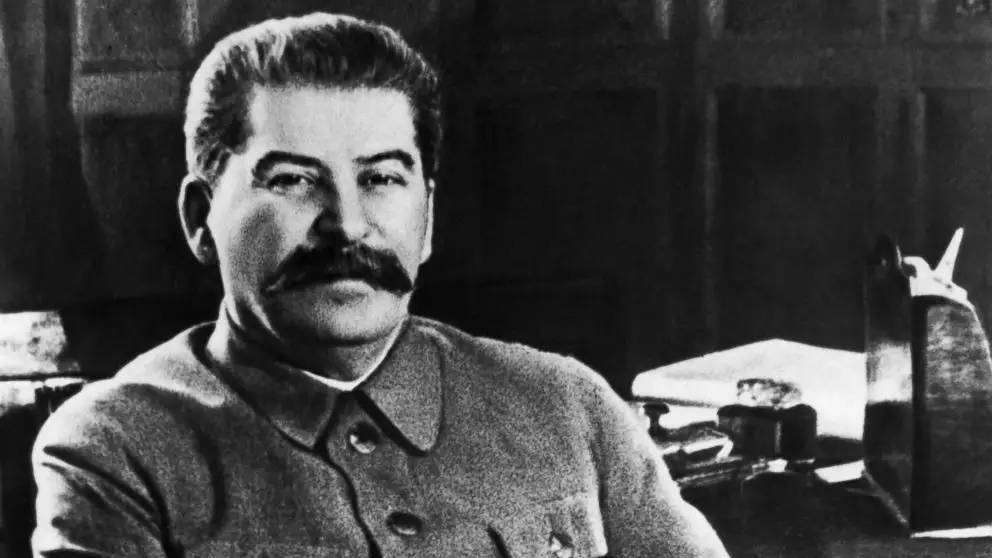
Joseph Stalin was the first General Secretary of the Communist Party of the Soviet Union.
Stalin was shockingly bloodthirsty for killing his own people. In the early 1920s, after the violent Russian Revolution ended and Lenin gained power.
Meanwhile, Stalin abused his position as the Communist Party’s general secretary by eliminating his fellow comrades (like Leon Trotsky).
Following Lenin’s death in 1924, he grabbed the power to become the USSR’s second dictator.
The GULAG system:
Vladimir Lenin created the GULAG prison system. But Stalin caused the infamy of the prison system.
As he employed them in their most terrible and semi-effective ends.
The primary aim of GULAG was to get the population under control by fear — by imprisoning, torturing, and killing undesirable people, communism critics, and anyone who challenged the dictator.
Stalin wanted to transform the Soviet Union from an agricultural past to an industrialized society.
Anyone who opposed working for the state was imprisoned in these extreme labor camps.
According to one report, between 1931-1953, over 3.7 million Soviet citizens were forced into the camps, many in the country’s remote and barren areas, and nearly 800,000 were shot.
Forced possession of property:
From about 1929 to 1932, Stalin seized land and possessions of millions of rural families and forced them out of the property (considerable people landing in the GULAG) for the sake of furthering Communism and strengthening the Marxist hold on to the state.
These people, “the kulaks,” were the wealthy peasant class and were seen as a direct threat to Stalin’s Marxism.
They were displaced from their homes, many were murdered, and the others were forced to be exiled and worked in collective farms and mining or construction GULAGs, where millions more were killed.
In the Great Famine of 1932-33, also known as the Holodomor, around 14.5 million people died of starvation, according to “The Harvest of Sorrow: Soviet Collectivization and Terror Famine.”
Estimates of deaths vary, but at least millions have been acknowledged to have been killed, especially in Ukraine and Kazakhstan.
Unlike other famines where drought was the principal cause, Stalin’s policies influenced this disaster towards industrialization over small farm food production that contributed to this disaster.
In 1936, Stalin launched “The Great Purge” to remove some of his biggest detractors and opponents from the Communist Party.
Stalin’s NKVD (secret police) arrested hundreds of thousands of people first. Many of them were executed or sent to the GULAG.
81 were executed out of the 103 Communist Party’s highest-ranking members.
More than a third of the Communist Party ultimately died during The Grand Purge, which also terrorized the general population.
Finally, Nikolai Yezhov, the head of the NKVD, was not even spared; the execution took place in 1940.
Stalin’s brutality has not stopped with the Communist Party’s civil and enemies.
It reached to the very soldiers that were fighting for Stalin.
He issued one of his most infamous and cold-blooded mandates in early 1942 when Germans made their way to Stalingrad during World War II.
Known as Order no. 227, which stated, “panic-makers and cowards are to be liquidated on the spot.”
Stalin continued to run the Soviet Union (He died as all doctors were too feared to treat him).
Nowadays, Stalin’s place in Russian history is far from being clear, despite the murdering millions of his own citizens.
He was, after all, the winner of the last Great World War who helped allies beat the Nazis, and he brought the Soviet Union to superpower status.
1. Mao Zedong

Mao Zedong surpassed both Hitler and Stalin when it comes to killing his own people.
Between 1958 and 1962, his Great Leap Forward policy caused up to 45 million deaths, which quickly made him the largest mass murder ever recorded.
How many people were killed by Mao’s policies and persecutions? It very difficult to estimate? Over the years, many people have tried to formulate a valid number. But many historians agree that the formulated number was always underestimated. As more data was collected in the 1980s and 1990s and experts were involved in research and estimates, the figures appeared increasingly reliable. It is still inaccurate, though. According to the numbers, at least 40 million innocent Chinese civilians died in Mao’s Marxist regime.
If we include Chinese civil wars, Sino-Japanese wars, the exact number can be up to at least 100 million or more.
Mao’s atrocities were (and still) overshadowed by World Wars and Cold War.
After defeating the Chinese nationalists (who fleed to Taiwan), his Socialist party (which was backed by USSR) came to power in 1949
Mao Zedong, better known as Chairman Mao, was the founding father of the People’s Republic of China since its inception in 1949 until he died in 1976.
Leaders are meant to make the tough decisions, keep the economy afloat, make sound political and diplomatic decisions to keep the country flourishing. However, before we reach the point where we can speak of the ideal leader, we must add that every country must have a transition period where bloodshed and madness will prevail.
